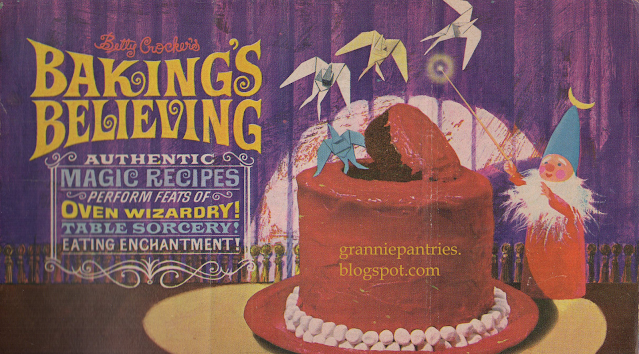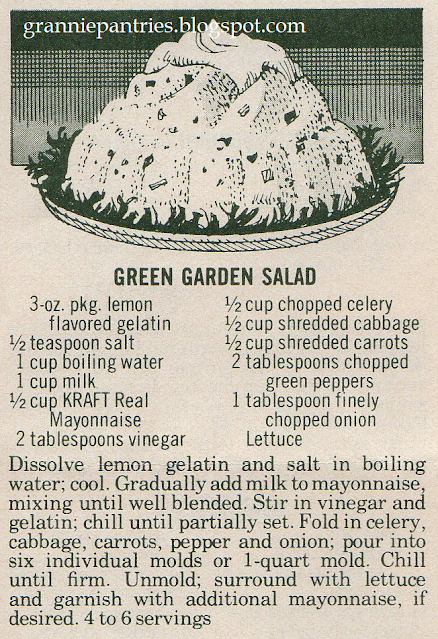Best of All Days Cookbook (American Dairy Association, Pillsbury Co., Red Star Yeast Co., Penick & Ford, Nestlé Co., undated, but after the 1960 Pillsbury Bake-Off and before 1963 since the addresses have no zip codes) assumes that the best days are pretty ordinary, like the ones kids spend running around in a meadow, trying to fly a kite.
My favorite part of the cover is that whoever owned this before I did marked it up. Check out that sketched-in figure gazing off into the distance by the "B" in "Best." Also, the right corner features a list of fruit needed for the orange juice salad. (Banana's, grape's, apples, and pear's, in case you can't see it clearly. And no, I don't know why "apples" didn't get an apostrophe to let you know that an -s was coming. I guess that one was trying to be sneaky.)
The recipes are mostly pretty ordinary, too-- heavy on breads and desserts, which makes sense, given that carbs make for better days as far as I'm concerned. The most interesting recipe might be for the Chocodiles (and no, not the Twinkie version!):
They're peanut butter bar cookies, Chocodile-ified by being covered in melted chocolate chips mixed with peanut butter and "corn soya cereal," which I guess was a thing! You'd have to go with the corn flake option now to get that reptilian finish.
I also found more evidence that mid-century cookbook writers thought teenagers really loved beans, for some reason.
I'm not really sure what made the rough equivalent of Beanie Weenies under cornbread so teen-appropriate, but then again, I'm not an early-'60s teen.
The booklet's pizza recipe also emphasized just how much things have changed since the early 1960s.
The recipe itself seems fine: yeasted dough, pizza sauce with at least some trace amounts of appropriate seasonings, the expected toppings like mushrooms, sausage, or anchovies. The quarter pound of mozzarella for the whole thing seems pretty stingy, but none of this is what caught my attention. What really got me is that people in the early '60s had to be told to pronounce it "PEET-tsah."
I'll bet Pizza Day was the best of all days for at least some of the kids whose parents used this book. The day they came in from playing in a meadow to discover that "PEET-tsah" meant melty cheese over freshly-baked bread and a sauce with at least some actual flavor must have been magic! That is, unless the kids' first experience was of a pie covered with tiny, whole fish. Then all bets were off....















































